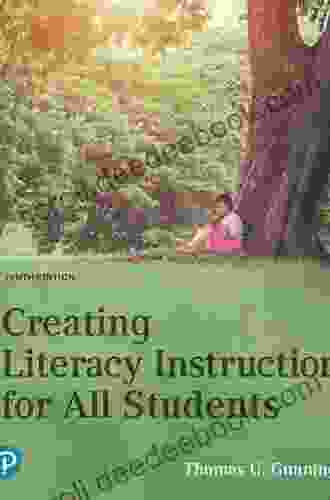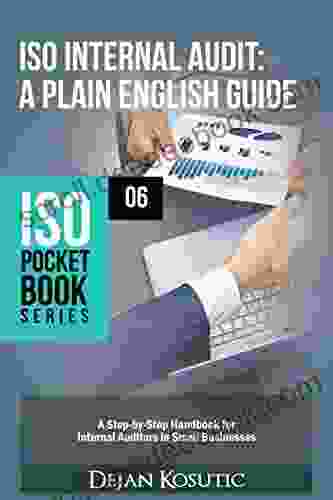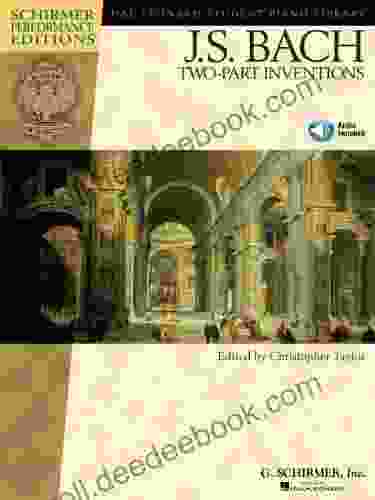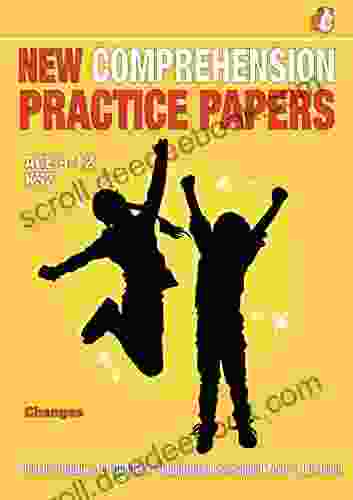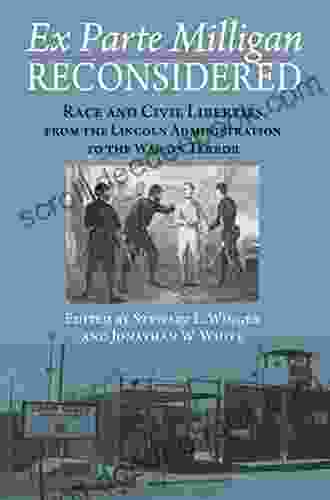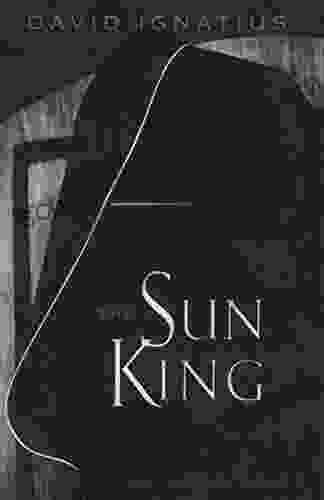Creating Literacy Instruction for All Students: A Comprehensive Guide for Teachers

4.7 out of 5
| Language | : | English |
| File size | : | 58917 KB |
| Screen Reader | : | Supported |
| Print length | : | 656 pages |
Literacy is the foundation of education. It opens up a world of possibilities for students, enabling them to learn, grow, and succeed. However, not all students come to school with the same literacy skills. Some students may have difficulty reading and writing, while others may excel. It is the responsibility of teachers to create literacy instruction that meets the needs of all students, regardless of their backgrounds, learning styles, or ability levels.
Principles of Effective Literacy Instruction
There are several key principles that should guide all effective literacy instruction:
- Literacy is a developmental process. Students learn to read and write through a series of stages, and they progress at different rates. Teachers need to be patient and provide students with the support they need at each stage.
- Literacy is a social process. Students learn best when they are engaged in meaningful interactions with others. Teachers should create opportunities for students to talk about their reading and writing, and to share their ideas with each other.
- Literacy is a lifelong process. Students continue to develop their literacy skills throughout their lives. Teachers should provide students with opportunities to learn and practice literacy skills in a variety of contexts.
- Literacy is essential for success in all areas of life. Literacy skills are necessary for success in school, work, and everyday life. Teachers should help students to understand the importance of literacy and to develop the skills they need to succeed.
Differentiated Instruction
Differentiated instruction is a teaching approach that tailors instruction to the individual needs of students. This means that teachers use different teaching methods, materials, and activities to meet the needs of all students in their classroom. Differentiated instruction is essential for creating a literacy-rich environment where all students can learn and succeed.
There are many different ways to differentiate instruction. Some common strategies include:
- Varying the level of difficulty. This can be done by providing students with different texts to read, by using different questioning strategies, or by assigning different tasks.
- Providing different learning modalities. Some students learn best by reading, while others learn best by listening or ng. Teachers can provide students with a variety of learning experiences to meet their individual needs.
- Providing different levels of support. Some students may need more support than others to learn to read and write. Teachers can provide support through scaffolding, guided practice, and feedback.
Inclusive Education
Inclusive education is the practice of educating students with disabilities alongside their peers without disabilities. This means that students with disabilities are placed in general education classrooms and provided with the supports they need to succeed. Inclusive education is beneficial for all students, as it allows them to learn from and with each other.
There are many different ways to create an inclusive literacy classroom. Some common strategies include:
- Providing assistive technology. Assistive technology can help students with disabilities to access the general education curriculum. This technology can include things like screen readers, text-to-speech software, and audiobooks.
- Modifying assignments. Teachers may need to modify assignments for students with disabilities to make them more accessible. This may mean shortening assignments, providing more scaffolding, or giving students more time to complete them.
- Providing support services. Some students with disabilities may need additional support services, such as speech therapy, occupational therapy, or counseling. These services can help students to develop the skills they need to succeed in school.
Special Education
Special education is a type of specialized instruction that is designed for students with disabilities who have significant learning needs. Special education services are provided in a variety of settings, including general education classrooms, resource rooms, and separate schools. Special education teachers are trained to work with students with a variety of disabilities, and they can provide students with the individualized instruction and support they need to succeed.
There are many different types of special education services that can be provided to students with disabilities. Some common services include:
- Speech therapy. Speech therapy can help students to develop the skills they need to communicate effectively.
- Occupational therapy. Occupational therapy can help students to develop the skills they need to perform everyday tasks, such as eating, dressing, and writing.
- Physical therapy. Physical therapy can help students to develop the skills they need to move around safely and independently.
- Counseling. Counseling can help students to deal with the emotional and social challenges of having a disability.
English Language Learners
English language learners (ELLs) are students who are learning English as a second language. ELLs come from a variety of backgrounds and have different levels of English proficiency. Teachers need to be prepared to meet the needs of ELLs in the literacy classroom.
There are many different ways to support ELLs in the literacy classroom. Some common strategies include:
- Providing sheltered instruction. Sheltered instruction is a type of teaching that is designed for ELLs. It uses simplified language, visuals, and hands-on activities to help students learn English and content material at the same time.
- Using cognates. Cognates are words that are similar in two languages. Teachers can use cognates to help ELLs learn new vocabulary words.
- Providing opportunities to practice speaking and listening. ELLs need opportunities to practice speaking and listening to English in order to improve their fluency.
Struggling Readers
Struggling readers are students who have difficulty learning to read and write. There are many different reasons why students may struggle with reading, including learning disabilities, language disorders, and socioeconomic factors. Teachers need to be prepared to identify and support struggling readers in the literacy classroom.
There are many different ways to support struggling readers in the literacy classroom. Some common strategies include:
- Providing explicit instruction. Explicit instruction is a type of teaching that is designed to teach students specific reading skills and strategies. This instruction is typically provided in a small group or one-on-one setting.
- Using multisensory activities. Multisensory activities are activities that engage multiple senses, such as sight, sound, touch, and movement. These activities can help struggling readers to learn new skills and concepts.
- Providing extra support. Struggling readers may need extra support from teachers, parents, and tutors. This support can include help with reading, writing, and homework.
Reading Comprehension
4.7 out of 5
| Language | : | English |
| File size | : | 58917 KB |
| Screen Reader | : | Supported |
| Print length | : | 656 pages |
Do you want to contribute by writing guest posts on this blog?
Please contact us and send us a resume of previous articles that you have written.
 Chapter
Chapter Text
Text Reader
Reader Library
Library E-book
E-book Magazine
Magazine Sentence
Sentence Shelf
Shelf Glossary
Glossary Bibliography
Bibliography Preface
Preface Synopsis
Synopsis Annotation
Annotation Footnote
Footnote Scroll
Scroll Codex
Codex Tome
Tome Bestseller
Bestseller Narrative
Narrative Biography
Biography Autobiography
Autobiography Reference
Reference Thesaurus
Thesaurus Resolution
Resolution Librarian
Librarian Card Catalog
Card Catalog Periodicals
Periodicals Research
Research Journals
Journals Rare Books
Rare Books Special Collections
Special Collections Interlibrary
Interlibrary Literacy
Literacy Study Group
Study Group Thesis
Thesis Storytelling
Storytelling Reading List
Reading List Book Club
Book Club Theory
Theory Textbooks
Textbooks Amber Tamblyn
Amber Tamblyn Micah Player
Micah Player Sheryl Lee
Sheryl Lee Amy Gaines
Amy Gaines Natasha Lopez
Natasha Lopez Tony Swann
Tony Swann Duyilemi Akindele Felix
Duyilemi Akindele Felix Patrick T Reardon
Patrick T Reardon Ted Clifton
Ted Clifton Christopher D Abbott
Christopher D Abbott Joshua Mcmanus
Joshua Mcmanus Melissa Senate
Melissa Senate Layne Johnson
Layne Johnson Yaser S Abu Mostafa
Yaser S Abu Mostafa Bernadette Sukley
Bernadette Sukley Grace Clemens
Grace Clemens Scott B Williams
Scott B Williams Teresa Flavin
Teresa Flavin Louise Candlish
Louise Candlish Liz Cassidy
Liz Cassidy
Light bulbAdvertise smarter! Our strategic ad space ensures maximum exposure. Reserve your spot today!

 Reed MitchellEnvironmental Policy in India: A Comprehensive Guide to Routledge Studies in...
Reed MitchellEnvironmental Policy in India: A Comprehensive Guide to Routledge Studies in... Fabian MitchellFollow ·7.7k
Fabian MitchellFollow ·7.7k Beau CarterFollow ·3.4k
Beau CarterFollow ·3.4k E.E. CummingsFollow ·15.7k
E.E. CummingsFollow ·15.7k Liam WardFollow ·15.8k
Liam WardFollow ·15.8k Eddie PowellFollow ·2k
Eddie PowellFollow ·2k Isaac AsimovFollow ·5.4k
Isaac AsimovFollow ·5.4k E.M. ForsterFollow ·9.3k
E.M. ForsterFollow ·9.3k Gary CoxFollow ·8.9k
Gary CoxFollow ·8.9k
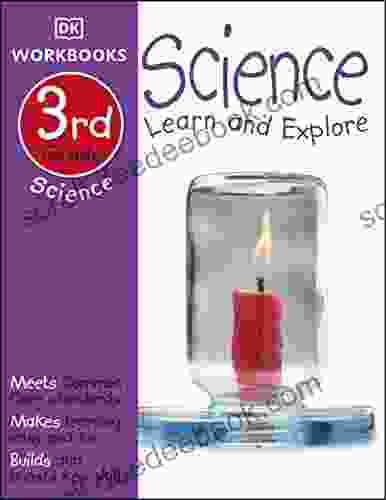
 Howard Powell
Howard PowellDk Workbooks Science Third Grade: An In-Depth Exploration...
Science education plays a...
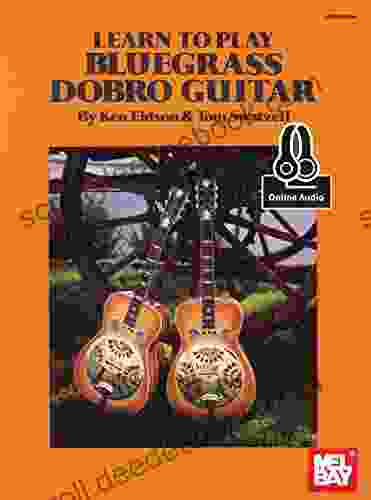
 Everett Bell
Everett BellLearn to Play Bluegrass Dobro Guitar: A Comprehensive...
: Bluegrass Dobro, A Story of...
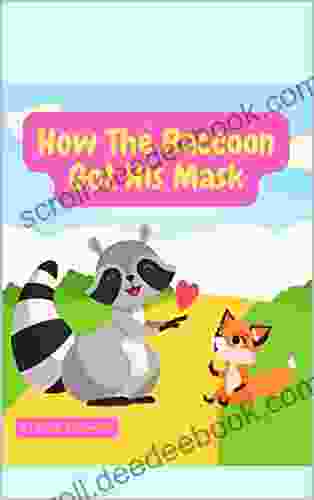
 Jeffrey Cox
Jeffrey CoxHow the Raccoon Got His Mask
The raccoon, with its...

 George Bell
George BellHannah Meets Ruby Hannah Out West: An Adventure-Filled...
Hannah Meets...
4.7 out of 5
| Language | : | English |
| File size | : | 58917 KB |
| Screen Reader | : | Supported |
| Print length | : | 656 pages |


